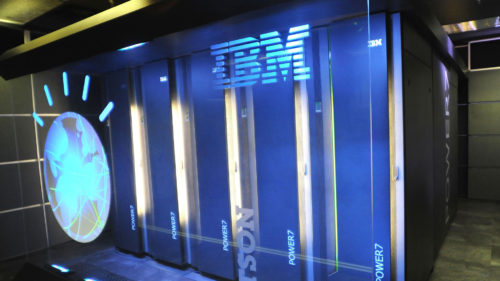
In recent years, The Weather Company, which produces forecasts for 2.2 billion locations every 15 minutes, has been using its troves of data in ways that go far beyond what’s happening outside. Since its acquisition by IBM in January 2016, the company has also begun swirling deeper and deeper into the world of advertising with the help of Watson, IBM’s artificial intelligence service that’s working on everything from diagnosing diseases to crafting movie trailers. Now, IBM is finally bringing several major components of The Weather Company’s data capabilities under the Watson umbrella with the launch of Watson Advertising this week.
One of the first agencies to sign on for Watson Advertising is UM, which has been testing several of IBM’s new offerings for clients, including an unnamed auto brand. Since earlier this year, the agency has been piloting cognitive capabilities for localized ad campaigns at scale, meshing Watson data with client stats to analyze metrics across a large number of car dealerships in a way that optimizes ad spend while also checking local inventory to see whether or not it should personalize an ad to someone in that market.
According to Kasha Cacy, U.S. CEO of UM, the company’s 100 data scientists aren’t always enough to manage the level of complexity that Watson offers on its own. She says that bringing Watson Advertising onboard allows the agency to “take the shackles off” and be more creative with how they use data, citing one client that is already using a combination of weather data, Google searches and pollen counts to trigger when media should be bought in various markets.
“There are things that we would love to be able to do that we just can’t right now because we don’t have the human or technology processing to be able to do it,” Cacy says. “That was kind of the impetus for us talking to the Watson folks, because I think as I looked across the business I saw all these places where the thinking was there, the strategy was there, the ideas were there, but the implementation was just too onerous and I hate the idea that we’re limited by implementation.”



